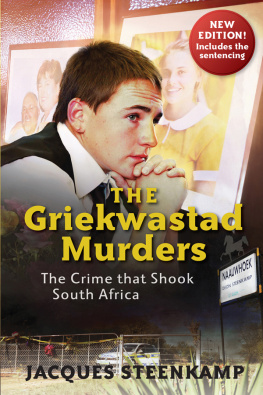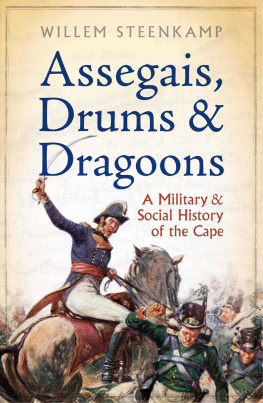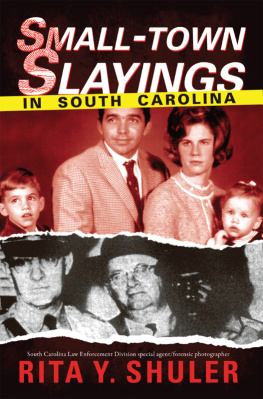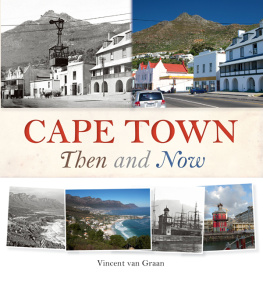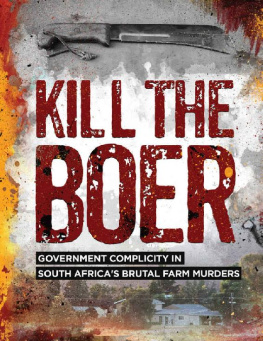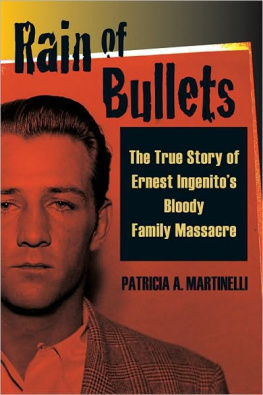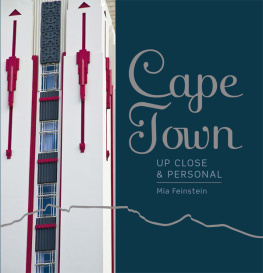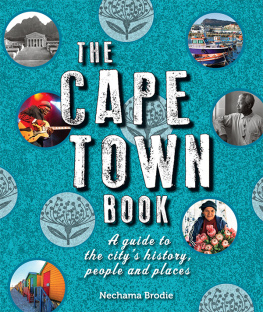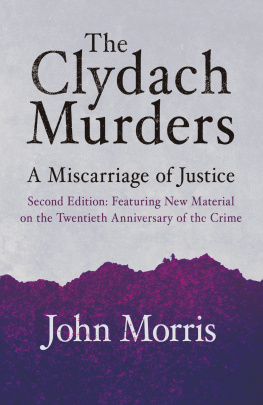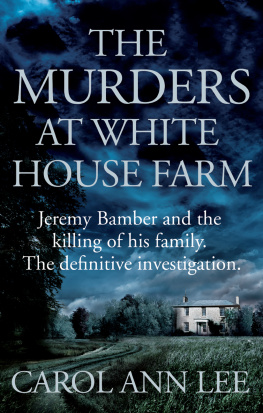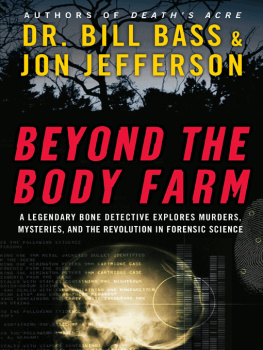
Published by Zebra Press
an imprint of Random House Struik (Pty) Ltd
Reg. No. 1966/003153/07
Estuaries No. 4, Oxbow Crescent, Century Avenue, Century City, Cape Town, 7441
PO Box 1144, Cape Town, 8000, South Africa
www.zebrapress.co.za
First published 2014
New edition published in 2014
Publication Zebra Press 2014
Text Jacques Steenkamp 2014
Cover images Mary-Ann Palmer/Foto24
All rights reserved. No part of this publication may be reproduced, stored in a retrieval system or transmitted, in any form or by any means, electronic, mechanical, photocopying, recording or otherwise, without the prior written permission of the copyright owners.
PUBLISHER: Marlene Fryer
MANAGING EDITOR: Ronel Richter-Herbert
EDITOR: Ronel Richter-Herbert/Bronwen Leak
PROOFREADER: Bronwen Leak/Ronel Richter-Herbert
COVER DESIGNER: Monique Oberholzer
TEXT DESIGNER: Jacques Kaiser
TYPESETTER: Monique van den Berg
Set in 10.5 pt on 15.5 pt Minion
ISBN 978 1 77022 817 7 (print)
ISBN 978 1 77022 818 4 (ePub)
ISBN 978 1 77022 819 1 (PDF)
Contents
To Nadia, Wyatt and Jared, because you are my light of love and hope in this often dark, cruel world
Acknowledgements
First and foremost I would like to thank my beautiful fiance, Nadia Venter, and our two children, Wyatt and Jared Steenkamp, for putting up with me during this trial and for understanding that I had to spend many months away from home. It was not always easy, but we made it.
Secondly, I would like to thank Marlene Fryer, Ronel Richter-Herbert, Bronwen Leak, Kim Taylor, Amanda van Rhyn and everyone else at Random House Struik and Zebra Press for believing in me, especially Ronel, for always understanding that my day job kept me busy. Thank you all very much.
I would like to thank Bokkie Gerber, Waldimar Pelser, Herman Jansen, Liezel de Lange, Joyrene Kramer, Gavin Prins, Jana van der Merwe, Pieter-Louis Myburgh and the rest of my former Media24 colleagues who believed in me and supported me over the years. We had good times while it lasted.
At the SABC, I wish to thank Angie Kapelianis and Foeta Krige for their amazing support and for allowing me to attend the final part of this trial. I also wish to thank the team at RSGs Monitor and Spektrum for welcoming me into their midst with open arms.
This book would not have been possible if not for the conversations and guidance I received from Anastasia de Vries, Johannes Bertus de Villiers and Hanlie Retief, who were my colleagues and are published authors in their own right. Thanks for pointing out the correct path that I needed to take to get where I am today.
I would also like to thank everyone mentioned in this book, especially the hard-working advocates Hannes Cloete and Quinton Hollander, as well as Colonel Dick de Waal and his team. You proved to the world that justice still reigns supreme. The people of Griekwastad, you know who you are, but I would especially like to thank Anton and Elsa van Niekerk, Bob, Henritte and Louise de Villiers, Henritte Truter and Rina Liebenberg. You made my stayovers in Griekwastad enjoyable and always kept the conversation going at Proviand.
A special mention for the armchair detectives on the Posklip Forum, along with its founders, Dominic du Plessis and Layndon Wright. It was always entertaining to read how you dissected each and every aspect of the case.
I would also like to thank my very first editor, Retha Fitchat, for seeing my potential as a reporter long before I ever did.
And thank you to all my anonymous sources who provided me with valuable information throughout the duration of this case.
Thank you to the families and friends of the deceased for always taking my calls and for taking the time to talk to me. I hope you can find peace knowing that the right person is behind bars.
Lastly, I hope such cruel and brutal incidents can be avoided in the future. Deon, Christel and Marthella, although you will never know it, you touched hundreds of thousands of lives with your story. This book is proof that you will never be forgotten. May you rest in peace now that justice has finally been served.
JACQUES STEENKAMP
JOHANNESBURG
APRIL 2014
Foreword
In South Africa, children under 10 years of age are irrebuttably presumed to lack criminal capacity. Children or youths between the ages of ten and fourteen are rebuttably presumed to lack criminal capacity, and for children over fourteen, there is no presumption of lack of capacity, as the test for determining their criminal capacity is the same as for adults. Section 7 of the Child Justice Act 75 of 2008, which came into operation on 1 April 2010, has repealed the traditional common-law rule in this regard. Thus the youth of the accused may even serve to exclude criminal capacity in certain circumstances.
This marked a significant change in the scope of criminal liability and even greater change in the treatment of young offenders in South Africa (by providing, for example, for diversion of offenders under the age of eighteen [and in some cases twenty-one]). This essentially assists young offenders to steer away from the rigours of the criminal justice system and into a process based on restorative justice principles aimed at assisting child offenders in taking responsibility for their own conduct, making amends and being reintegrated into society. The law in this regard is voluminous and cannot be summarised here in one or two pages without dwelling on academic arguments, case-law, or issues where the substantive law and the law of evidence overlap.
Sometimes, however, the law should be strict, especially where the crime(s) is/are so repulsive that the court should strongly censure an accused if found guilty. The various judgments in the past, where minors were involved, often reveal fairly widespread judicial and academic dissatisfaction with the treatment of juvenile offenders. The same criticism could be levelled at our legislature in that it seems as if society excuses those juvenile offenders most in need of reformative or corrective measures. Society often cries out for retribution and a total abolishment of too-lenient an approach. Of course, in all criminal cases, the prosecution would still have to prove mens rea on the part of the young accused, even if the young offender cannot rely on either the presumption of incapacity or the defence of incapacity.
In law, the preliminary investigations into capacity always precede the inquiry into fault (or mens rea), whether the fault required is intention or negligence. The test of criminal capacity incorporates the capacity to appreciate the wrongfulness of conduct. The concept of knowledge of the wrongfulness of conduct is also material in determining fault (mens rea) in the form of intention. The meaning of wrongful in this context is far from clear. The judgments often appear to follow either a moral test or a stricter legal standard. The question will remain: Can our system adequately accommodate serious young offenders? A youngster who has fallen into bad ways may have been brought up in a delinquent environment and may well regard a crime as morally right even though s/he may know it to be legally wrong. They necessarily internalise perceived behaviour of those around them and then will often proceed to experiment with bad behaviour without being conscious of the wrongfulness of such behaviour. They literally mimic criminal conduct.
We must be careful not to place an old head on young shoulders. Factors such as inter alia, the age, knowledge, experience, and definitely also the judgement of the young accused and the specific circumstances facing that accused at the time of the commission of the prohibited act, are crucial. Where the young accused chose a life of crime, the law will not tolerate this and a heavy sentence of imprisonment is not uncalled for. The quest for the just and fair administration of justice and the protection of due process is paramount. We cannot merely follow a superficial one size fits all approach. Many accused youths will not fully grasp the reality of their own wrongdoing.
Next page
